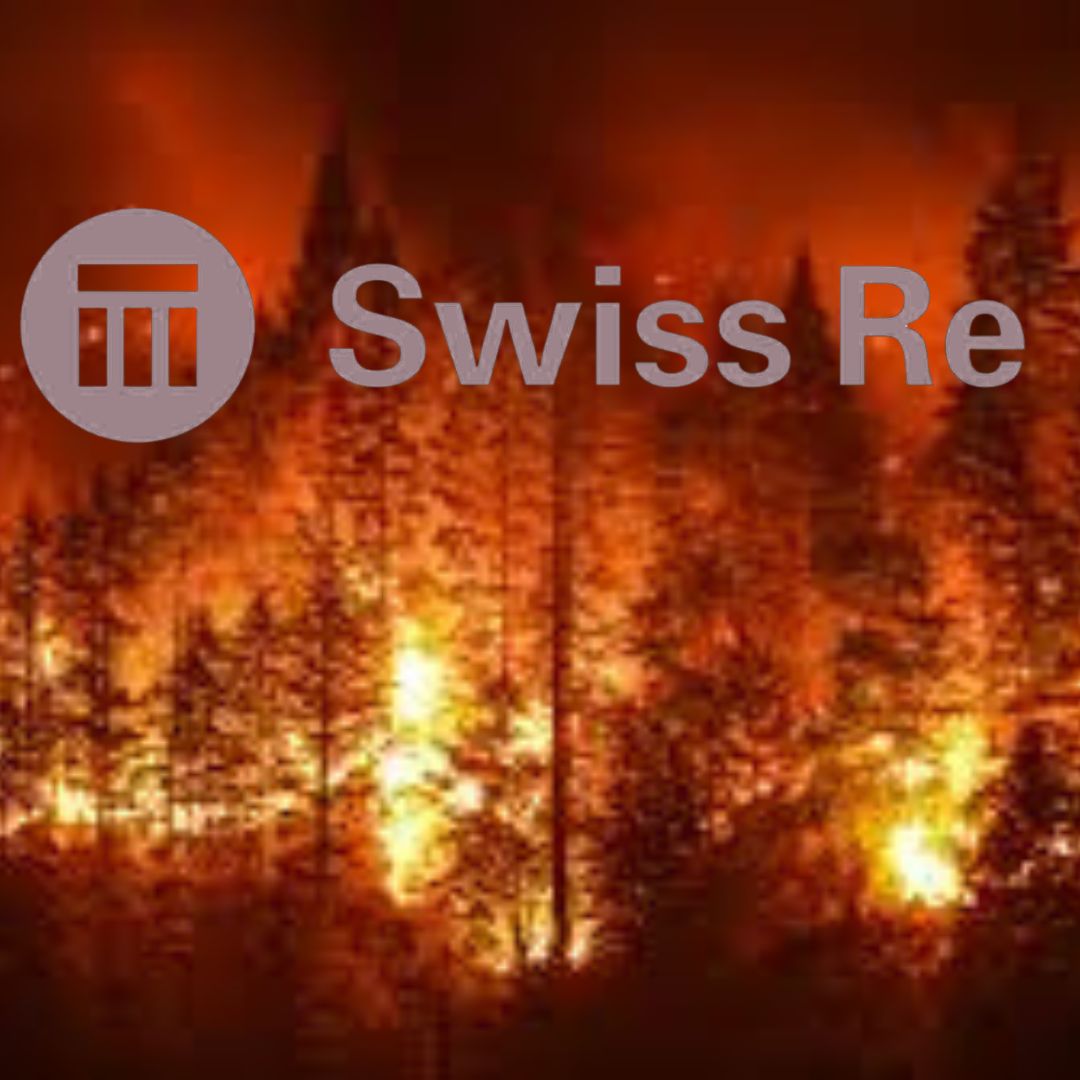Severe Convective Storms to Drive Major Global Insurance Losses
The latest report from Aon is that severe convective storms (SCS) activity in Europe and the United States is expected to cause sizable insured and economic losses and further stress the already over-extended global insurance and reinsurance markets amid rising climate-related peril.
Based on Aon’s weekly catastrophe update, a number of Severe Convective Storms events have hit large parts of Europe since June 21, 2025, with monstrous hail, torrential rain, and damaging winds that have caused widespread property losses, casualties, and business interruption. Early estimates are that total losses in Europe may be several hundred million euros, though exact figures are still pending ongoing damage surveys and additional storms forecast for the final days of June.
Severe Convective Storms in Europe Lead to Widespread Destruction
A majority of the recent storms have been witnessed in France, Germany, Switzerland, Italy, Austria, Czechia, Poland, and Slovakia. In the above countries, a spate of strong convective storms has hit residential and business premises, cars, and cropland. The worst destruction was witnessed in France, where extensive losses were inflicted by huge hailstones in the Pyrénées-Atlantiques, Seine-Maritime, and Landes areas.
Aon noted that the hailstorms would most likely drive substantial claims in the French insurance market. Hailstones not only damaged roofing systems and auto bodies but also damaged building facades and crop holdings, putting additional pressure on regional property and specialty insurers.
“Insured and cumulative economic damages from the multiday SCS outbreak will probably reach hundreds of millions of euros, pending future estimates and intensity of late June storms predicted,” Aon said.
That’s following a general trend in European climate variability, whereby convective storm systems intensify and are more frequent owing to globally rising temperatures, increased atmospheric moisture, and metropolitan sprawl over once rural land.
Severe Convective Storms in the U.S. Escalate in Frequency and Impact
While Europe is enduring a storm crisis, the United States has not been immune to damaging weather itself. Aon’s report outlines that between June 20 and 25, the central and eastern United States experienced successive cycles of severe thunderstorms, producing hail, flooding, and high-speed winds. One of the most destructive included a high-powered derecho that swept through North Dakota and Minnesota, producing intense gusts and widespread property damage.
Early estimates of losses in the U.S. suggest total economic and insured losses will be close to tens of millions of dollars. Though less in magnitude than the European scenario, financial losses in certain counties and states remain substantial, particularly in areas already recovering from previous storms.
Severe Convective Storms Force Shift in Reinsurance Market Strategy
The rapid rise in both frequency and severity of severe convective storms is increasingly becoming a chronic issue for reinsurers and insurers. Experts attribute it to a mixture of climatological factors, including warmer air temperatures, higher humidities, and the urban heat island effect, all of which contribute to augment storm growth and impact.
To offset this new threat, the reinsurance marketplace is being re-calibrated substantially. Reinsurers are giving SCS exposure equal standing with traditional overhang traditional natural perils such as hurricanes and wildfires. This shift is driving a series of significant market changes:
Higher reinsurance premiums, particularly for high SCS-risk concentration portfolios
Stricter underwriting practices, such as more extensive data examination and risk modeling
Reduced capacity, as reinsurers retreat from over-exposure to regions or classes
Enhanced event modeling, allowing better measurement of aggregate risks from frequent, localized weather events
This transformation in the market reflects a new reality: convective storms are no longer viewed as rare or low-severity events, but frequent, high-cost catastrophes needing enhanced financial and operational preparedness.
Severe Convective Storms Highlight Urgent Need for Climate Resilience
The most recent losses underscore the need for insurers, private enterprise, and governments at the national level to adopt risk management. As increasingly severe weather patterns are emerging on both sides of the Atlantic, the stakeholders are called upon to invest in:
Climate-resilient infrastructure
Improved weather forecasting and early warning systems
New insurance products for high-frequency perils
Increased public-private partnerships in post-disaster mitigation and recovery
Aon’s latest study is a stark wake-up call to the global risk community: climate uncertainty is accelerating, and the insurance industry must continue to innovate to maintain pace with the changing world.




